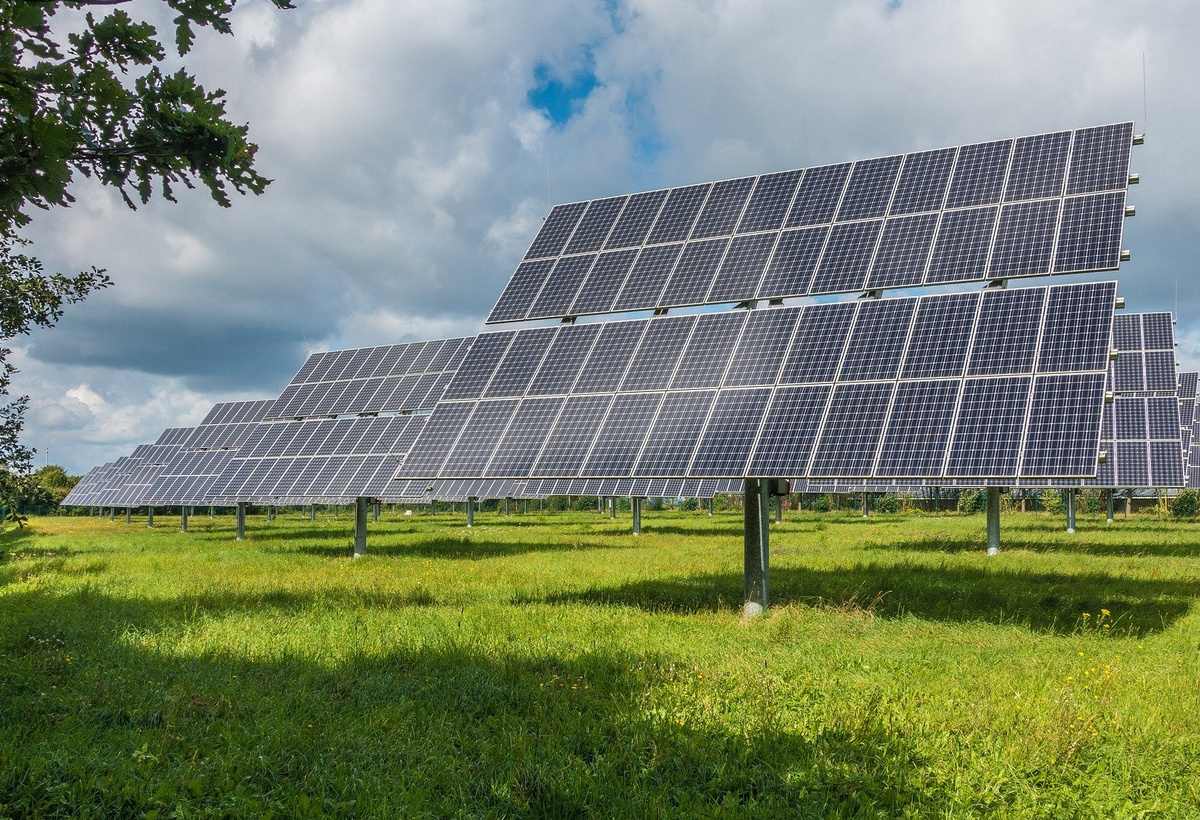Attachment of Conducting Graphene Electrode Layer to Solar Cells
Graphene oxide and an active layer of a polymer solar cell provide improved industrial production of longer-lasting, cost-effective cells
Renewable energy has been a topic of discussion for the past decade, especially since nonrenewable energy sources are steadily decreasing. Solar energy and windmills have been implemented in various places but have shown little promise in substantially combating the energy problem. There aren’t enough areas of improvement in wind energy as there are in solar energy, so there is a need for more efficient use of solar cells.Conventional solar cells are either inorganic or organic, along with their own set of obstacles. Inorganic solar cells are high cost while organic polymer solar cells, on the other hand, may circumvent costs, but their efficiency is low (1‑2.5%) due to the donor and acceptor substances contacting the cathode and anode electrodes. This causes the recombination of the charge carriers as well as leakage of the current. Adding on to these problems, the aluminum electrodes placed on the polymer cells require evaporation under an ultra‑high vacuum, and aluminum also oxidizes easily which further degrades the solar cell.Therefore there is a need for a technological improvement to organic solar cells.
This technology revolves around using graphene as a transparent, conducting electrode. This will replace the aluminum as their work functions are very similar (4.5 eZ and 4.3 eZ, respectively).The reduced graphene oxide (RGO) will be synthesized in bulk and will keep the RGO suspended in an alcohol‑water solvent. There is a problem that arises when the RGO is spin-cast onto a hydrophobic layer of the solar cell; the RGO fly off due to the incompatibility of the surfaces.The solution to this is to expose the polymer layer to a UV/ozone for seven minutes to change the nature of the polymer surface from hydrophobic to hydrophilic. Spincasting the RGO suspension into this modified surface then causes adhesion rather than repulsion and will lead to longer spinning time to evaporate the solvent from the surface.
 Source: Sebastian Ganso, https://pixabay.com/photos/photovoltaic-system-solar-2742302/, Pixabay License
Source: Sebastian Ganso, https://pixabay.com/photos/photovoltaic-system-solar-2742302/, Pixabay License
Cost-effectiveMore efficient than conventional methods/technologyMinimizes the degradation of the solar cell
This technology will be used as a source of renewable energy and has an excellent balance of efficiency, cost‑effectiveness, and stability compared with what other solar cell technology currently provides.
Issued
9,401,489
Available for Licensing.
Development partnerCommercial partnerLicensing
Additional Information:
Patent Information:
| App Type |
Country |
Serial No. |
Patent No. |
Patent Status |
File Date |
Issued Date |
Expire Date |
|